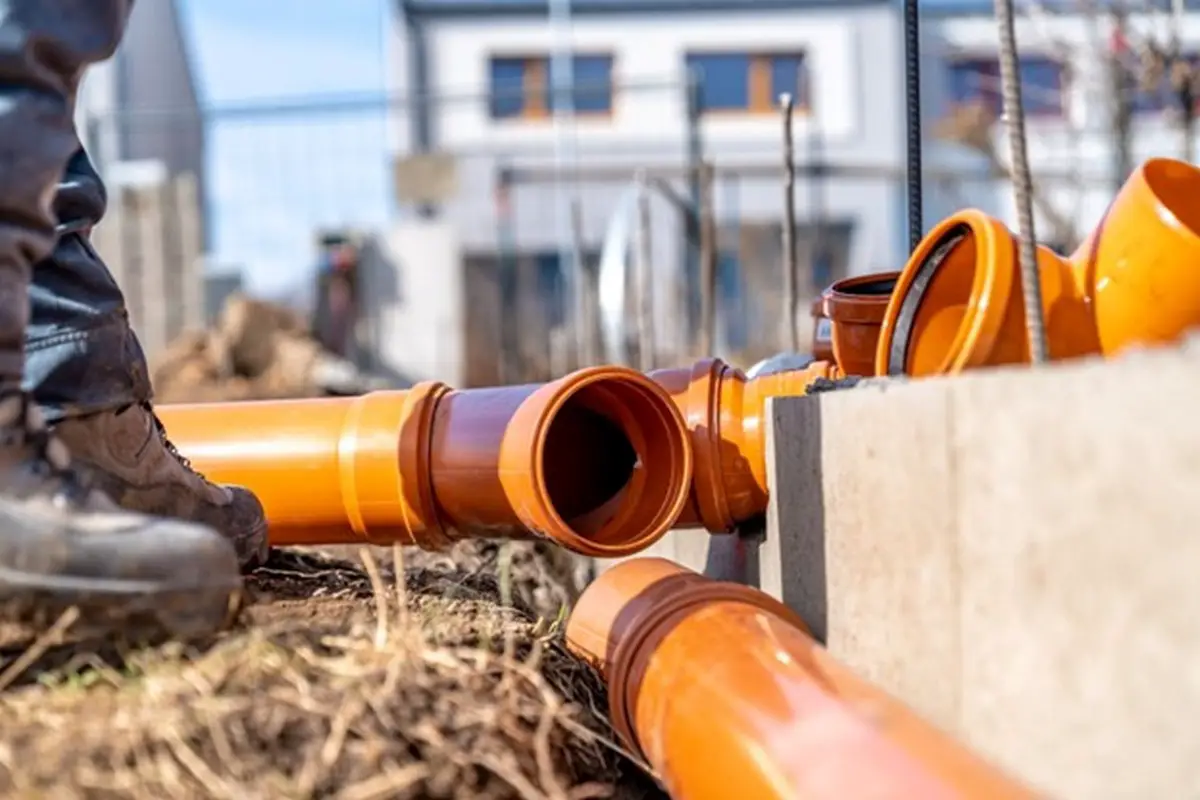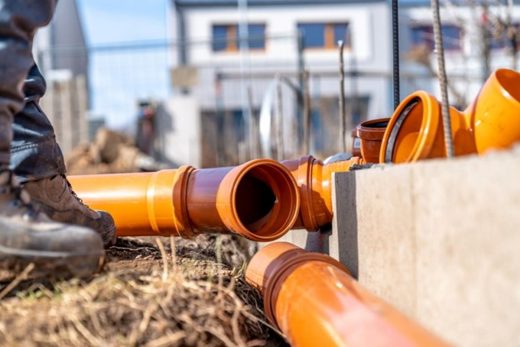The basics of sewer installation: what homeowners need to know, Contractor property refurb advice
The Basics of Sewer Installation for Homeowners
post updated 29 April 2025
24 June 2024
The Basics of Sewer Installation: What Homeowners Need to Know
Sewer installation is a critical aspect of home construction and maintenance that ensures waste and wastewater are safely transported away from your property. For homeowners, understanding the basics of sewer installation can help you make informed decisions and ensure your system functions efficiently. Here’s a detailed guide to the essential aspects of sewer installation.
Understanding the Sewer System
A sewer system is designed to carry waste and wastewater from your home to a treatment facility. It consists of pipes, manholes, and other components that work together to ensure proper sanitation.
- Components of a Sewer System: The primary components of a sewer system include the main sewer line, lateral lines, and vent pipes. The main sewer line connects your home to the municipal sewer system, while lateral lines branch off to individual fixtures like toilets and sinks.
Tips:
- Main Line: The main sewer line is typically larger in diameter and is buried deeper underground.
- Lateral Lines: Lateral lines are smaller and connect directly to household drains.
- Types of Sewer Systems: There are two main types of sewer systems: sanitary sewers and storm sewers. Sanitary sewers handle wastewater from homes and businesses, while storm sewers manage rainwater runoff.
Tips:
- Sanitary Sewers: Only handle wastewater and are designed to prevent contamination of natural water sources.
- Storm Sewers: Typically separate from sanitary sewers to avoid overloading the system during heavy rains.
Planning for Sewer Installation
Proper planning is crucial for a successful sewer installation. This involves understanding local regulations, obtaining necessary permits, and designing an efficient layout.
- Local Regulations and Permits: Before starting any sewer installation project, check local building codes and regulations. You will likely need permits from your city or municipality.
Tips:
- Consult Local Authorities: Speak with local building inspectors or planning departments to understand the requirements.
- Permit Applications: Submit detailed plans and applications for review and approval.
- Designing the Layout: Designing an efficient sewer layout involves mapping out the path of the pipes, considering the slope and gravity flow, and planning connections to the municipal sewer system.
Tips:
- Gravity Flow: Ensure the sewer lines have a proper slope to allow gravity to carry wastewater away from your home.
- Avoid Obstructions: Plan the layout to avoid obstacles like trees, foundations, and other utilities.
Choosing the Right Materials
Selecting the right materials for your sewer system is important for durability and longevity. Common materials include PVC, cast iron, and clay pipes.
- PVC Pipes: PVC (polyvinyl chloride) pipes are popular due to their lightweight, durability, and resistance to corrosion.
Tips:
- Easy to Install: PVC pipes are easy to cut and join, making them ideal for DIY projects.
- Cost-Effective: They are generally less expensive than other materials.
- Cast Iron Pipes: Cast iron pipes are known for their strength and long lifespan. They are often used in older homes and can handle high pressure.
Tips:
- Noise Reduction: Cast iron pipes reduce noise from flowing water better than PVC pipes.
- Heavy and Durable: They are suitable for underground installation due to their durability.
- Clay Pipes: Clay pipes are highly resistant to chemical corrosion and are often used in areas with aggressive soil conditions.
Tips:
- Long Lifespan: Clay pipes can last for many years if properly installed.
- Heavy Duty: They are suitable for deep underground installations.
Installation Process
The sewer installation process involves several steps, from excavation to connecting the pipes and testing the system.
- Excavation: Digging the trench for the sewer line is the first step. The trench should be deep enough to accommodate the pipe and provide a proper slope.
Tips:
- Depth: Ensure the trench is deep enough to prevent pipes from freezing in colder climates.
- Slope: Maintain a consistent slope of at least 1/4 inch per foot for proper drainage.
- Laying the Pipes: Lay the pipes in the trench, starting from the home and working towards the main sewer connection. Ensure each pipe section is securely connected and sealed.
Tips:
- Secure Connections: Use appropriate sealants or gaskets to prevent leaks.
- Inspection: Check for any misalignments or sagging pipes before covering the trench.
- Backfilling: Once the pipes are laid and inspected, backfill the trench with soil. Compact the soil to prevent settling and protect the pipes.
Tips:
- Layering: Backfill in layers, compacting each layer to avoid future settling.
- Protection: Use sand or fine gravel around the pipes to provide cushioning.
- Testing the System: After installation, test the system to ensure there are no leaks and that everything is functioning correctly. This usually involves running water through the pipes and checking for proper flow.
Tips:
- Water Test: Run water through all fixtures connected to the sewer system to ensure proper drainage.
- Professional Inspection: Have a professional inspect the system if you encounter any issues.
The basics of sewer installation Conclusion
Understanding the basics of sewer installation is essential for homeowners to ensure a safe and efficient system. From planning and choosing the right materials to the installation process, each step is crucial for the system’s longevity and functionality.
By following these guidelines and working with professionals when needed, you can ensure your home’s sewer system is properly installed and maintained. Proper sewer installation not only ensures sanitation but also protects your home and the environment.
Comments on this The Basics of Sewer Installation: What Homeowners Need to Know article are welcome.
Sewers
Building Sewer System Posts
Understanding the sewerage system
Hiring plumbing service for sewer repairs
Know about sewer odor in buildings
Architects and Architecture
Architects and Architecture by Type – architectural selection below:
Comments / photos for the The Basics of Sewer Installation: What Homeowners Need to Know page welcome.




